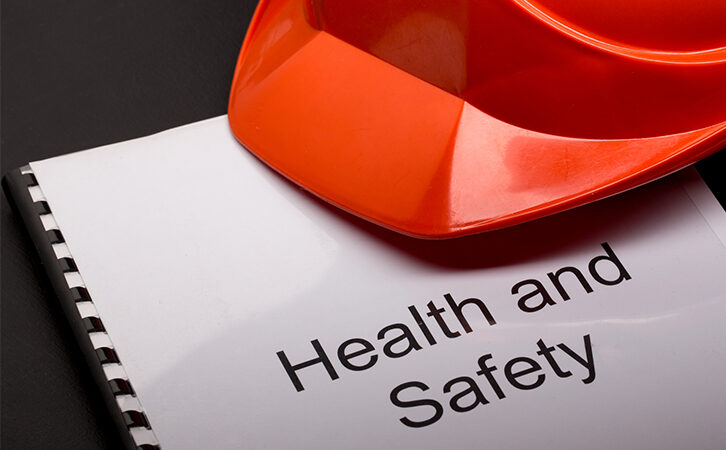OSHA Proposes New Safety & Health Program Guidelines
11/25/2015

OSHA's recently published a new draft of its "OSHA Safety and Health Program Management Guidelines" and is seeking comments until February 2016. The new version provides readers with a refresher that builds on existing regulations and best practices. The report is split into seven different topics which target managing and reforming EHS programs:
- 1. Management Leadership
- 2. Worker Participation
- 3. Hazard Identification & Assessment
- 4. Hazard Prevention & Control
- 5. Education & Training
- 6. Program Evaluation & Improvement
- 7. Coordination & Communication on Multiemployer Worksites
Two of the topics (Hazard Identification & Assessment, and Hazard Prevention & Control) focus directly on identifying and communicating hazards in the workplace; additionally, communication of hazards is a key theme throughout the document. This is not surprising given the agency’s attempt in recent years to promulgate an Injury and Illness Prevention Program Standard (I2P2) that would require employers to find and fix hazards before an incident occurs and engage stakeholders throughout the organization.
That I2P2 proposal is currently sidelined due to substantial resistance from businesses and the legislature; still, OSHA remains dedicated to the ideals of I2P2 and continues to encourage employers to follow the tenants of injury and illness prevention. OSHA’s new safety and health guidelines follow exactly the outline of I2P2, with one major addition — Coordination & Communication of Multiemployer Worksites. It’s a topic OSHA has been hitting hard on in 2015, telling employers on multiemployer worksites that they must work together to ensure employees are informed of and trained on all of the hazards of the worksite.
Managing hazards in the workplace can be challenging, especially when there are contractors or visitors involved in the workplace. However, the benefits (e.g., fewer incidents, an overall increase in the strength of health and safety practices, and a reduction in costs and financial hardships for employees and employers due to injury and lost time) make it worth the effort. And today, there are great tools that make the once arduous task easier to handle. VelocityEHS utilizes hazard management in several aspects of our product—from risk assessments of workplace hazards to analyzing hazard identifications along locations, time, and several other factors.
OSHA's guidelines also stress that reducing the barriers for employees to participate in safety (including hazard identification processes) is crucial to the success of EHS programs. To that end, we have built our software to empower users to easily document hazards in the workplace and to ensure that employee feedback is acknowledged by management. Our software provides a simple and easy way to allow employees to report hazards without intimidating them with a scary, clunky system that they don't feel comfortable using. And even though it’s a simple system, our software is built to ensure those controlling EHS risks and processes have the data they need to make meaningful decisions and understand the concerns and dangers that employees experience.
Identifying and reducing hazards in the workplace is often easier said than done. However, focusing on ridding your organization of potential danger is a sure-fire way to ensure that your workplace is becoming safer and safer by the day.






